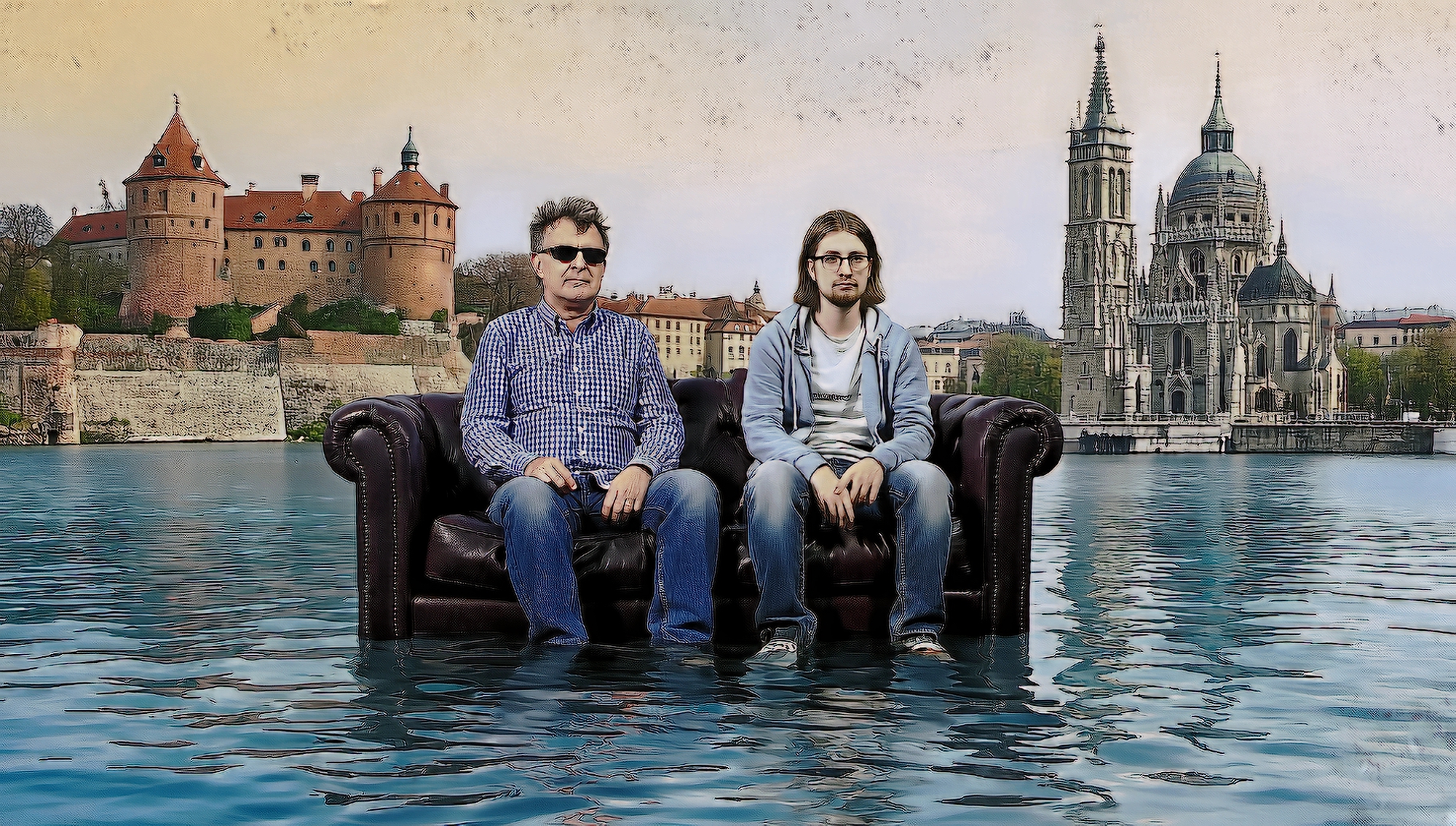What sets Danse Macabre apart is the way it bridges history and experimentation. Transgalactica reworks Saint-Saëns’ celebrated waltz by stripping it of traditional orchestration and rebuilding it with a palette of electronic tones. The result is unsettling but captivating, a dance that feels ghostly while remaining strangely inviting. Each layer of synth seems to twist the familiar melody into something fresh, maintaining respect for the source while venturing into new territory.
As the track unfolds, its composition reveals a careful balance of moods. The integration of Bach’s Christmas Oratorio as a bridge is particularly striking, offering a contrast that softens the darker sections with luminous clarity. Rather than overwhelming the listener, these shifts create momentum and prevent the piece from ever stagnating. It is music that rewards attention, with details emerging more fully on each listen.
The lyrics act as an intellectual counterpoint to the sweeping musical framework. Instead of focusing on mortality as Saint-Saëns once did, the band reflects on common errors in reasoning that shape human pessimism. Referencing Steven Pinker’s critiques, the verses catalog biases and misconceptions that distort people’s sense of progress. Delivered with a measured tone, they carry both humor and seriousness, pushing the listener to question how perception colors truth.
Hearing this performed live would likely magnify its theatrical qualities. The circling rhythm, coupled with the deliberate delivery of the lyrics, encourages an audience to experience the music both physically and mentally. Transgalactica succeeds in crafting a track that is as thought-provoking as it is musically engaging. Danse Macabre becomes more than a reinterpretation; it is a statement about how art can challenge habits of thought while still inviting people to move with it.
